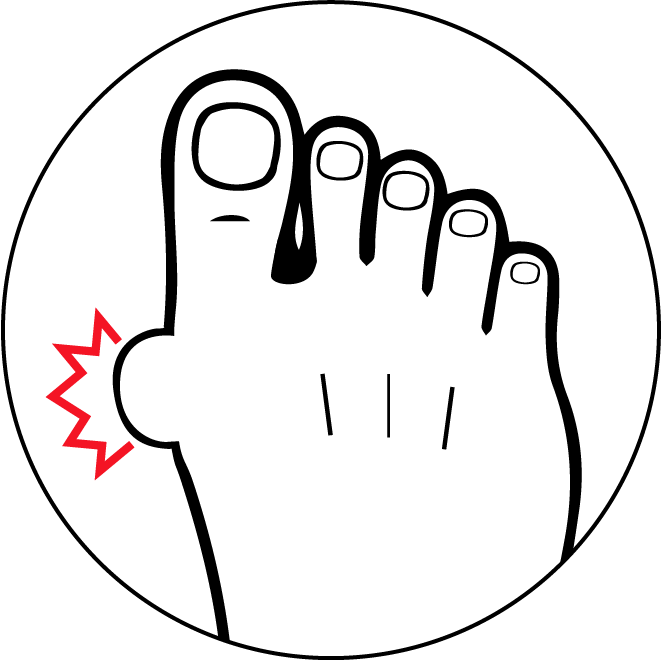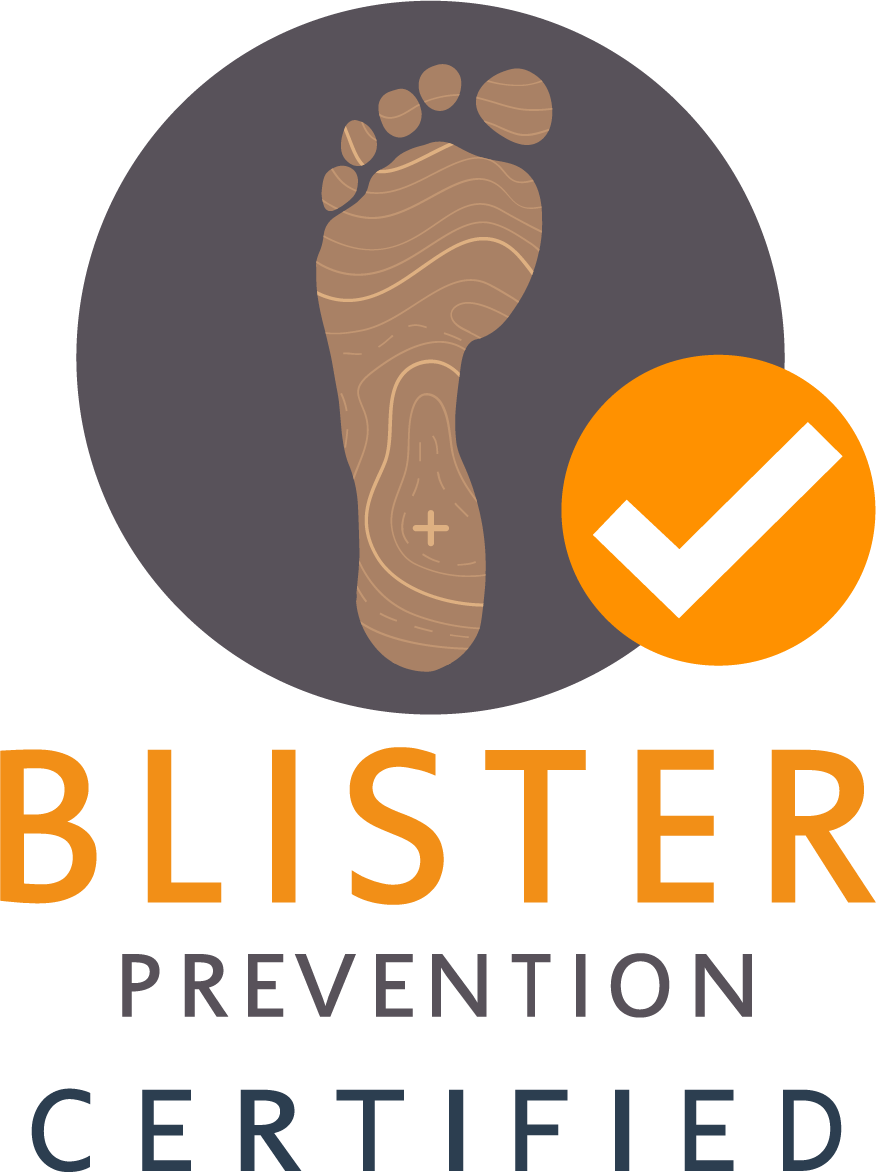TOENAIL ISSUES
Toenails often get thicker as we get older. They seem to get further way, too! Whether you have a thick nail you can’t manage or a painful ingrown toenail you need fixed, we can help.
WARTS / VERRUCA
Warts look a lot like corns and they are often misdiagnosed. Thankfully, warts have a lifespan which means they generally disappear on their own. If your wart is painful and you want to give it a helping hand out the door, come in and we’ll discuss all the treatment options.
HEEL / ARCH PAIN / PLANTAR FASCIITIS
Plantar fasciitis (or plantar fasciopathy) is a common cause of pain under the heel and/or arch. It’s usually at its worst when you get out of bed in the morning, then settles as you move around. There are other causes of pain in this region and it’s important to rule these out before getting stuck into your treatment, which we can definitely help you with. Learn more here.
METATARSALGIA
Pain under the ball of the foot is one of the most common complaints podiatrists see. Matatarsalgia is a collective term for all diagnoses, from Morton’s neuroma to capsulitis and more. An assessment of your foot structure and function will soon reveal the culprit so the best treatment can be provided.
KIDS FEET
Podiatrists see kids of all ages, from just a few days old to teenagers. Foot problems can range from ingrowing toenails, curly toes and heel pain, to excessive shoe wear, intoeing gait and delayed walking, and much more. If you’re curious about your child’s feet in any way, see a podiatrist for their expert opinion.
CORNS / CALLOUSES
Corns and callouses can get painful. Rather than putting up with them, we can not only take away the thick skin to give you immediate relief, we’ll also discuss ways or slowing down or preventing your corn/callous altogether.
FRICTION BLISTERS
Seen by many as an inevitable part of getting new shoes, exercising a lot or due to their foot structure, we’re pleased to say, blisters are 100% preventable. Rebecca is a leading authority on blister management. So, if you get blisters more often than you’d like, come and see us and get an individualised Blister Plan.
TENDONITIS
The foot and ankle region can experience a few types of tendinopthy. Achilles tendinopathy is a common one we see. Thankfully, there are ways to make your tendons happy again. We can advise you on things that will give relief straight away, but importantly, show you what’s needed to fix the issue for good.
FLAT FEET
Contrary to popular belief, it’s not necessarily a problem to have flat feet. Of course, some are flatter than others and may need foot orthoses (orthotics/arch supports). We’ll have a good look at your structure, functions, any aches & pains and discuss your family history and injury history to determine if and what kind of treatment is necessary.
FUNGAL INFECTIONS
Fungal infections of the skin and nails are common. Some cause itching while others are completely asymptomatic – you might not even know it’s there. Because podiatrists are looking at feet all the time, we can often tell at a glance. There are some tests to make sure and we’ll run through your treatment options.
BUNIONS & HAMMERTOES
Bunions and hammertoes often go hand-in-hand. Either one of these issues can make it difficult to find shoes to fit properly. But there are things we can do to provide relief. If you’re having trouble with a prominent joint anywhere on your foot, let us assess your structure, mechanics and your shoes and find the best way forward.
SHIN SPLINTS
We see a lot of “shin splints” during footy season. While shin splints is a generic term that encompasses several causes of shin pain, they are quite easy to tell apart and most are very easy to fix.
DIABETIC FOOT CARE & ASSESSMENTS
Diabetes can have a huge impact on the feet. Your GP will recommend you see a podiatrist at least annually for a diabetic foot check. We’ll painlessly assess your circulation and sensation and discuss any susceptibilities you may have, so you can take preventive action. We’ll keep your GP in the loop by sending them a copy of your assessment.





















